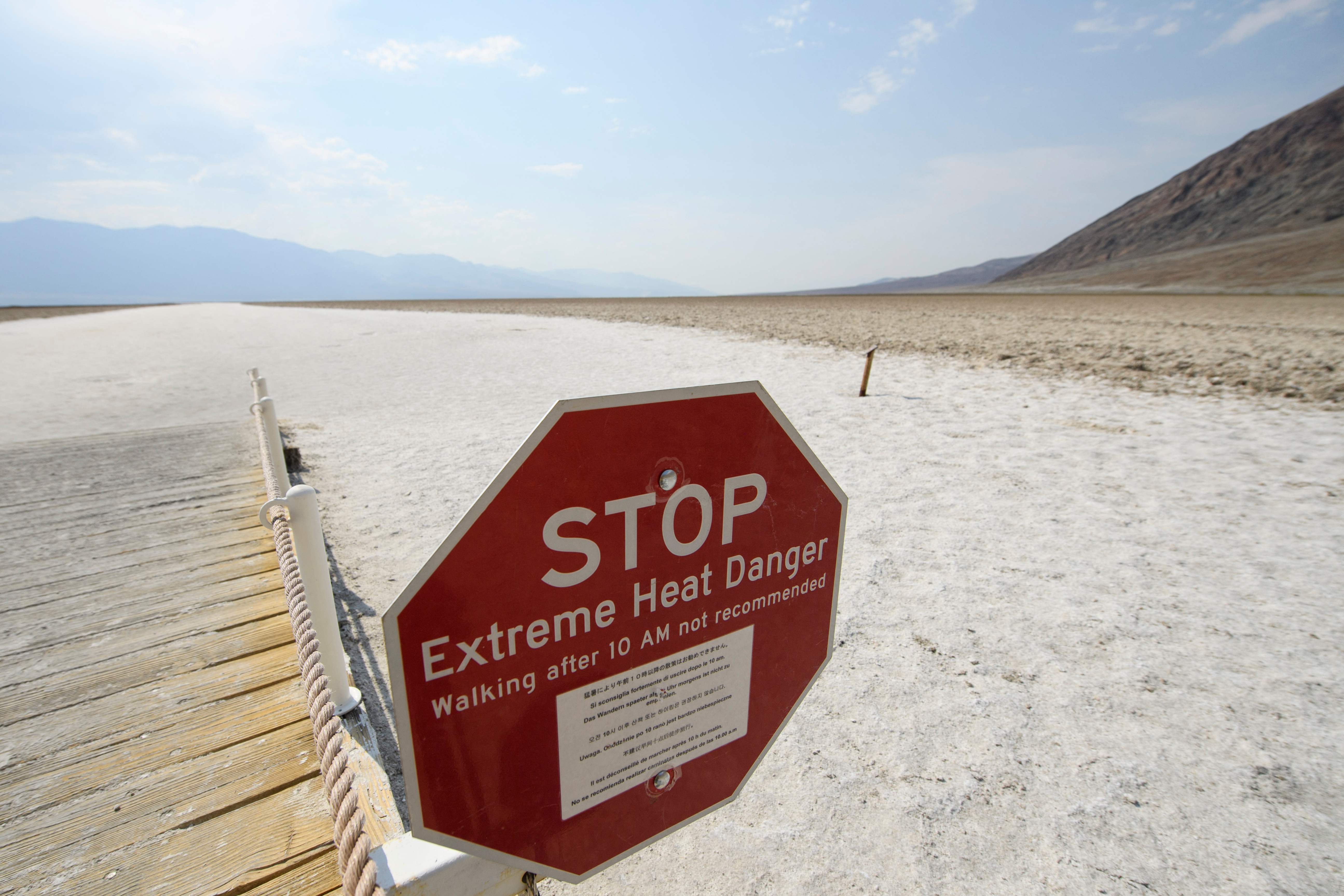Texas grid to break power use record as 40m Americans face sweltering heatwave this weekend
‘Take this kind of heat seriously,’ said the National Weather Service in Phoenix
Your support helps us to tell the story
From reproductive rights to climate change to Big Tech, The Independent is on the ground when the story is developing. Whether it's investigating the financials of Elon Musk's pro-Trump PAC or producing our latest documentary, 'The A Word', which shines a light on the American women fighting for reproductive rights, we know how important it is to parse out the facts from the messaging.
At such a critical moment in US history, we need reporters on the ground. Your donation allows us to keep sending journalists to speak to both sides of the story.
The Independent is trusted by Americans across the entire political spectrum. And unlike many other quality news outlets, we choose not to lock Americans out of our reporting and analysis with paywalls. We believe quality journalism should be available to everyone, paid for by those who can afford it.
Your support makes all the difference.Extreme heat has descended on much of the American West, as temperatures crawled above 110 degrees Fahrenheit (43 C) in some areas and residents were warned to stay hydrated, seek air conditioning and check on people who might be vulnerable to these intense conditions.
Temperatures are expected to stay high through the weekend, as cities like Phoenix, Sacramento, Las Vegas and San Antonio face down a sweltering few days.
The Texas power grid was expected to break usage records as people power up air conditioners to battle heat, Reuters reports. The Electric Reliability Council of Texas, who runs the grid for 90 per cent of the state’s power, told the publication that they will be able to keep up with that demand.
During a winter storm last year, surging demand for heat sent the state’s grid into chaos, leading to rolling blackouts.
Over the next couple of days, temperatures in Arizona are projected to reach up to 118 F (48 C) in parts of the state, with temperatures in California’s Death Valley forecasted to reach 120 F (49 C).
Both Las Vegas and Death Valley could likely match or exceed daily records, the National Weather Service (NWS) office in Las Vegas tweeted. On Friday, Phoenix broke its record temperature for 10 June.
A heat advisory was in effect for much of Texas and Oklahoma, as well as parts of California. Parts of Arizona, Nevada and California had an “excessive heat warning”, as temperatures there reached potentially dangerous levels.
Over 40 million people were under those warnings, Axios reports.
NWS Sacramento warned residents to “plan your day around the hottest hours by limiting time outdoors, drinking more water, finding shade/AC, dressing for the heat, and checking on vulnerable populations.”
“Heat is one of the most deadly weather hazards,” they said.

The heatwave is being caused by a “heat dome”, which is caused when high pressure traps an a bubble of hot air over an area.
The climate crisis is expected to make heat waves longer, more frequent and more extreme, according to the US Environmental Protection Agency.
Last year’s devastating heatwave in the Pacific Northwest – which absolutely shattered local records and killed hundreds of people in the US and Canada – was found to be “virtually impossible” if not for the climate crisis by a leading group of scientists.
Further warming is likely to exacerbate these trends. While the world has already warmed by about 1 degree Celsius, current policies and actions have us on track for 2.7 C of warming by 2100, according to the Climate Action Tracker.




Join our commenting forum
Join thought-provoking conversations, follow other Independent readers and see their replies
Comments